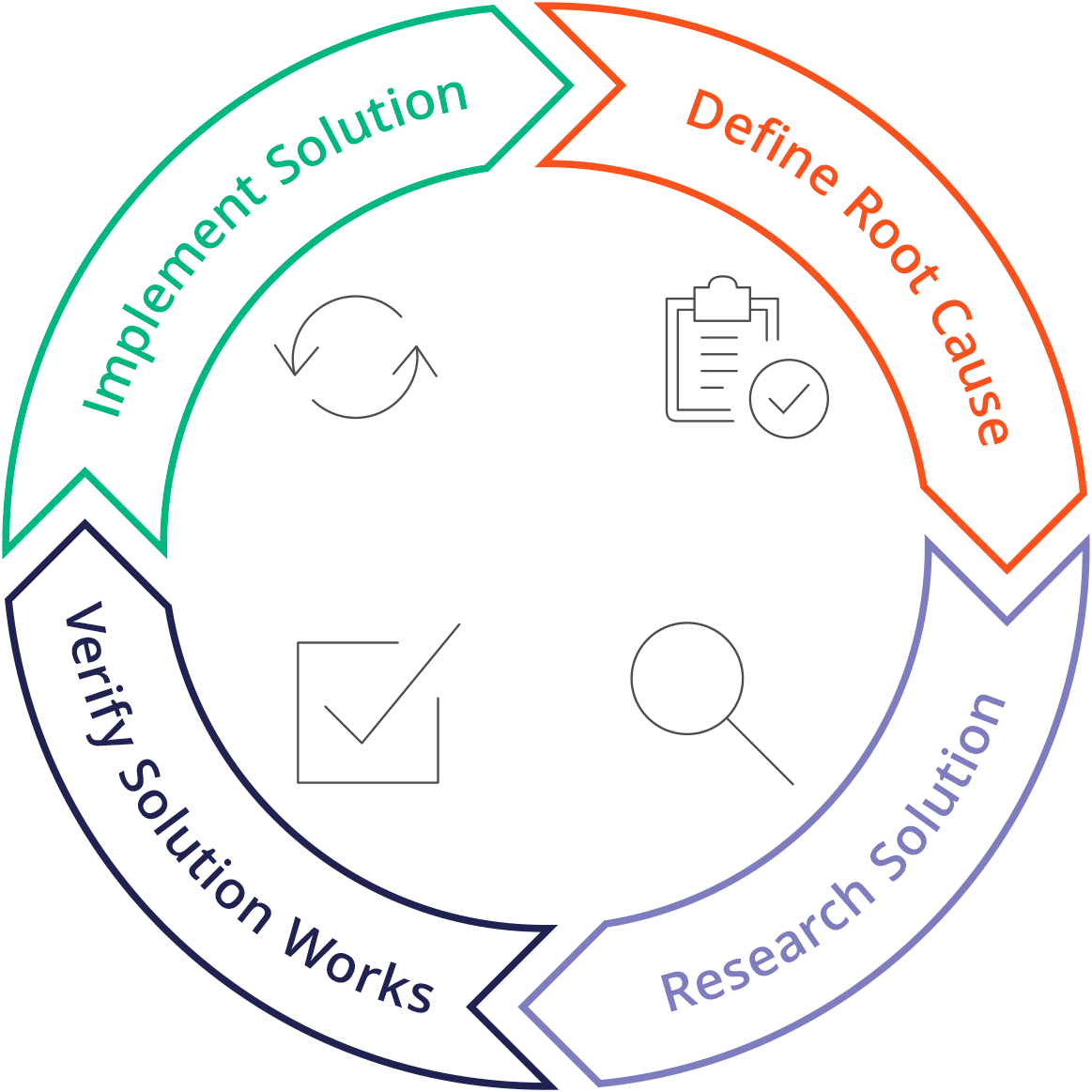Corrective actions are the structured and documented steps taken by organizations to resolve compliance failures, mitigate newly identified risks, or eliminate systemic faults in an AI system. Under the EU AI Act, implementing corrective actions is a mandatory response when a high-risk AI system exhibits performance degradation, safety hazards, or non-conformity with regulatory requirements.

1. Background and Establishment
Corrective actions are central to risk-based regulation. In AI governance, they represent the formal obligation to act when systems deviate from expected behaviors or legal standards. The EU Artificial Intelligence Act embeds corrective actions into its post-market compliance strategy, particularly for high-risk AI systems, which must remain safe, transparent, and accountable throughout their lifecycle.
These actions are not discretionary—they are legally mandated interventions tied to both incident response and risk mitigation obligations.
2. Purpose and Role in the EU AI Ecosystem
Corrective actions play several critical roles:
- Resolve identified system failures or compliance breaches
- Restore or preserve conformity with the EU AI Act
- Minimize risk of harm to users, stakeholders, or the public
- Enable regulatory cooperation and prevent escalation
- Serve as documented proof of good-faith compliance efforts
They bridge the gap between post-market monitoring (Article 61) and incident reporting and enforcement (Article 62–71), ensuring issues are not only flagged, but remedied effectively and promptly.
3. Key Contributions and Impact
Corrective actions deliver measurable benefits:
- Prevent recurrence of failures through root cause elimination
- Limit regulatory liability and administrative fines
- Improve system robustness, accuracy, and fairness
- Demonstrate organizational maturity and ethical responsibility
- Strengthen public and stakeholder trust after an incident
Corrective actions are not only reactive—they form the basis for learning-driven governance.
4. Connection to the EU AI Act and the EU AI Safety Alliance
Corrective action obligations are embedded in several EU AI Act provisions:
- Article 61(2) – Requires providers to take corrective actions if systems present risks
- Article 62 – Mandates prompt response to serious incidents or malfunctions
- Article 71 – Gives authorities the power to require or enforce corrective measures
- Annex IV – Documentation must reflect post-market changes and actions taken
The EU AI Safety Alliance supports this process by offering:
- Corrective action plan templates
- Root cause analysis tools (e.g. 5 Whys, fault tree)
- Pre-configured incident logs and remediation tracking dashboards
- Advisory support in coordinating with regulators or notified bodies
Engaging with the Alliance ensures that corrective measures are defensible, structured, and compliant with EU law.
5. When Corrective Actions Are Triggered
Common scenarios include:
- A high-risk AI system fails during real-world use
- A provider receives repeated user complaints or legal challenges
- A system exhibits bias, performance degradation, or security vulnerabilities
- A regulator issues a non-conformity notice
- An organization self-reports a violation under Article 62
Corrective actions must begin immediately once the risk or breach is validated—delays increase liability.
6. Core Elements of a Corrective Action Plan
An effective corrective action plan should include:
- Issue description – What failed, when, and under what conditions
- Regulatory reference – Articles or obligations violated under the EU AI Act
- Root cause analysis – Technical or procedural origin of the issue
- Short-term fixes – Immediate steps to contain or halt the issue
- Long-term solutions – Systemic changes to prevent recurrence
- Roles and responsibilities – Defined accountability within the organization
- Timeline and milestones – Clear deadlines and status indicators
- Documentation updates – Annex IV compliance
- Verification and audit – Proof that actions were effective
This plan should be version-controlled, approved at the executive level, and ready for inspection at any time.
7. How to Develop and Execute Corrective Actions Under the EU AI Act
To respond properly:
- Initiate an internal investigation when issues are flagged
- Categorize the issue by severity and impact
- Notify regulators where applicable (Article 62) and log the incident
- Create a corrective action team, including compliance, legal, and technical leads
- Draft and implement a corrective action plan using Alliance templates
- Update technical documentation and retrain staff if necessary
- Conduct post-remediation validation and report outcomes
- Submit proof of corrective action to regulators or Notified Bodies as required
Every step must be documented and justified, as enforcement actions often hinge on how transparently and responsibly an organization has acted.

